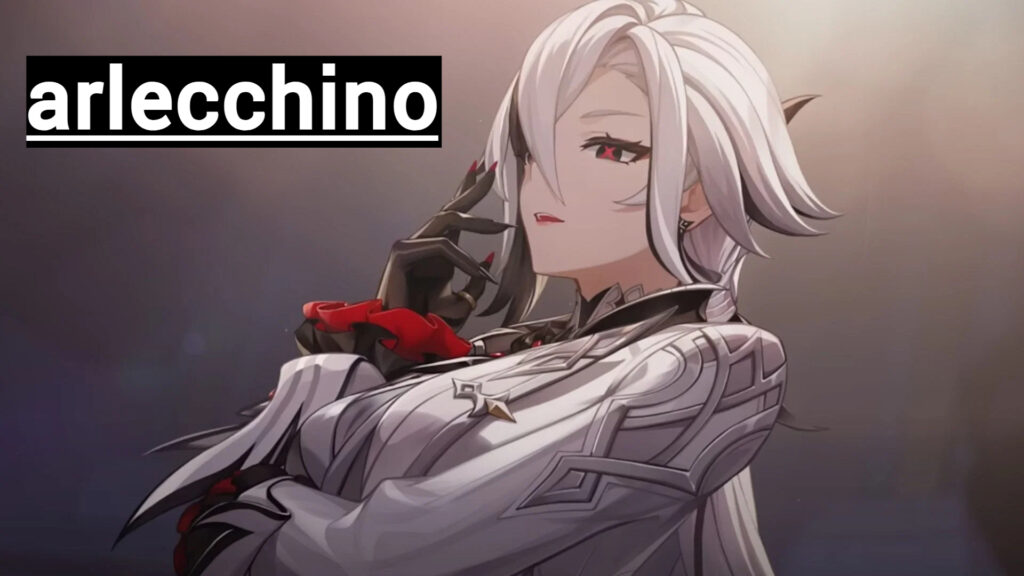Have you ever wondered about the origins of the colorful, quick-witted character often seen in traditional Italian theater? How did Arlecchino, the mischievous Harlequin, become a staple of Commedia dell’Arte? In this article, we’ll delve into the fascinating history, traits, and lasting influence of Arlecchino, a character that has captivated audiences for centuries.
The Origins of Arlecchino: The Mischievous Harlequin of Italian Theater
Arlecchino, commonly known as the Harlequin, is one of the most recognizable characters in the traditional Italian theater form known as Commedia dell’Arte. This theatrical style emerged in Italy during the 16th century and is renowned for its use of stock characters, improvised performances, and elaborate costumes. Among these characters, Arlecchino stands out due to his vibrant personality and distinctive appearance.
The character of Arlecchino is believed to have evolved from earlier rustic and peasant figures in Italian folk traditions. Some scholars trace his origins to the Zanni characters, who were often depicted as servants with simple, cunning, and sometimes foolish natures. Over time, Arlecchino developed into a more complex figure, blending elements of the trickster and the loyal servant.
Arlecchino’s Iconic Appearance and Costume
One of the most distinctive aspects of Arlecchino is his costume, which has become synonymous with the character. Traditionally, Arlecchino wears a form-fitting suit covered in patches of brightly colored diamonds or triangles. These patches were initially meant to represent the character’s humble beginnings and his status as a servant, often wearing clothes made of scraps. However, as the character evolved, the costume became more elaborate and stylized, symbolizing Arlecchino’s cunning and playful nature.
Another key element of Arlecchino’s appearance is his mask. In the early depictions, Arlecchino’s mask was usually black, covering half of his face and featuring a mischievous expression. The mask often included a prominent nose and wide, expressive eyes, which helped convey the character’s emotions and reactions during performances. The mask not only added to the visual appeal of the character but also played a crucial role in maintaining the anonymity of the actor, allowing for more fluid and exaggerated performances.
The Personality and Role of Arlecchino in Commedia dell’Arte
Arlecchino’s personality is as colorful and dynamic as his costume. He is often portrayed as a quick-witted, agile, and mischievous servant who uses his cunning and charm to navigate complex situations. Despite his lowly status, Arlecchino is rarely outwitted, often turning the tables on his masters and rivals with clever tricks and schemes.
In Commedia dell’Arte, Arlecchino typically serves as the servant or valet to one of the more prominent characters, such as the wealthy and foolish Pantalone or the boastful Capitano. His role is often that of a facilitator, helping to advance the plot through his antics and interactions with other characters. Arlecchino’s actions frequently lead to humorous misunderstandings, mistaken identities, and chaotic situations, all of which are resolved in a lighthearted manner by the end of the performance.
One of the most endearing aspects of Arlecchino is his irrepressible spirit and boundless energy. He is known for his acrobatic movements, often performing flips, cartwheels, and other physical feats during performances. This physicality, combined with his sharp wit, makes Arlecchino a captivating character who embodies the lively and spontaneous nature of Commedia dell’Arte.
The Evolution of Arlecchino: From Italian Theater to Global Icon
While Arlecchino’s roots are firmly planted in Italian theater, his influence has spread far beyond the borders of Italy. Over the centuries, the character has been adapted and reinterpreted in various forms of art, literature, and theater around the world.
In France, Arlecchino was transformed into Harlequin, a central figure in the French theater tradition known as the Comédie-Française. The character retained many of his original traits but was adapted to suit the tastes and sensibilities of French audiences. Harlequin became a key figure in the popular theater genre known as the Théâtre de la Foire, where his antics and romantic entanglements were a source of entertainment for audiences of all ages.
Arlecchino’s influence can also be seen in the development of the pantomime tradition in England. The character of Harlequin became a staple of British pantomimes, particularly during the 18th and 19th centuries. In these productions, Harlequin was often paired with the character of Columbine, his love interest, and the two would engage in a series of humorous and acrobatic escapades.
Even today, the legacy of Arlecchino continues to resonate in modern culture. The character’s distinctive costume and mask have become iconic symbols of Commedia dell’Arte, and his playful, mischievous spirit lives on in various forms of entertainment, from contemporary theater to film and television.
Arlecchino’s Influence on Modern Theater and Popular Culture
The enduring appeal of Arlecchino: The Mischievous Harlequin of Italian Theater can be attributed to the character’s versatility and timeless qualities. His ability to adapt to different contexts and cultures has allowed him to remain relevant in the ever-changing landscape of theater and popular culture.
In modern theater, Arlecchino’s influence can be seen in the continued use of stock characters, physical comedy, and improvisation. Many contemporary performers and theater companies draw inspiration from the traditions of Commedia dell’Arte, incorporating elements of Arlecchino’s character into their work. The character’s emphasis on wit, agility, and humor continues to inspire actors and directors alike.
Arlecchino’s impact extends beyond the stage as well. In the world of visual art, the character has been depicted by numerous artists, including Pablo Picasso and Joan Miró, who were fascinated by the vibrant, playful nature of Arlecchino and the other Commedia dell’Arte characters. These artistic representations have helped to cement Arlecchino’s status as an enduring cultural icon.
Additionally, Arlecchino’s legacy can be seen in popular culture, where the character’s traits have been adapted and reimagined in various ways. From animated cartoons to video games, the archetype of the clever, mischievous trickster has been a recurring theme in storytelling across different media. Arlecchino’s ability to outsmart his adversaries, often through humor and creativity, has made him a relatable and beloved figure for audiences of all ages.
The Legacy of Arlecchino: A Timeless Symbol of Laughter and Cunning
Arlecchino: The Mischievous Harlequin of Italian Theater has left an indelible mark on the world of theater and beyond. As a symbol of cunning, humor, and resilience, Arlecchino represents the enduring appeal of characters who can navigate challenging circumstances with wit and charm. His ability to bring laughter and joy to audiences, whether through his acrobatic feats or clever wordplay, has made him a timeless figure in the history of entertainment.
For those who study theater or simply enjoy a good performance, Arlecchino serves as a reminder of the importance of adaptability, creativity, and humor. Whether in a traditional Commedia dell’Arte production or a modern adaptation, the spirit of Arlecchino continues to inspire performers and delight audiences around the world.
Conclusion
So, next time you encounter a character in a play or a movie who seems to outwit everyone around them with a mischievous grin, think of Arlecchino: The Mischievous Harlequin of Italian Theater. His legacy as a beloved trickster and servant continues to live on, reminding us all of the enduring power of laughter and the art of theater.







